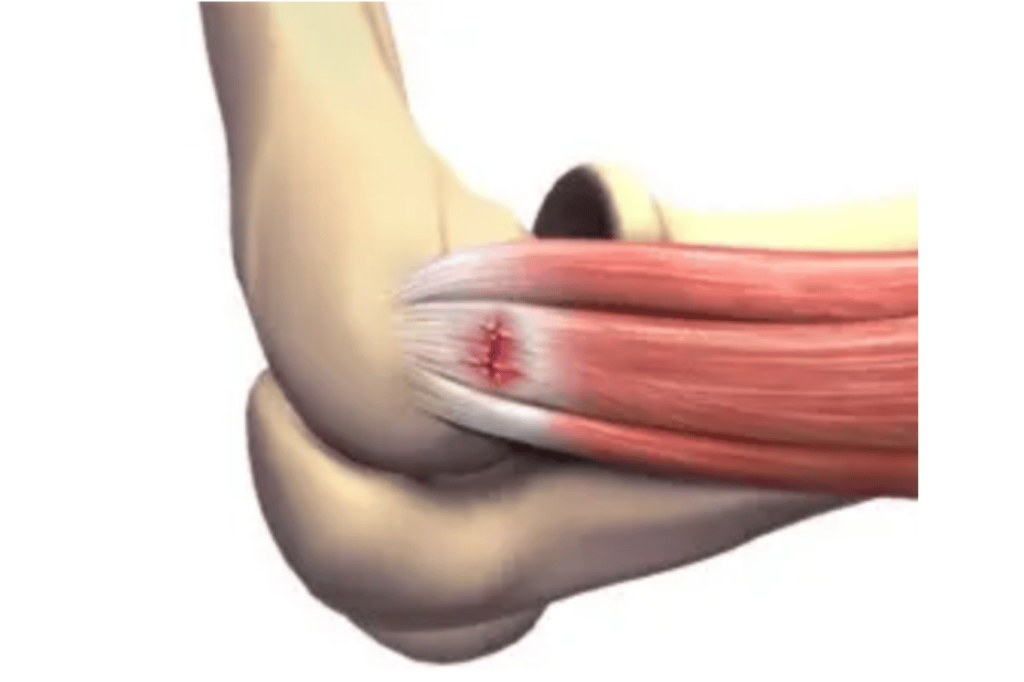Tennis elbow, medically known as lateral epicondylitis, is a process of strain and degeneration that develops at the point where the muscles on the outer part of the elbow attach to the bone. Although it gets its name from being common in tennis players, in reality, office workers, homemakers, carpenters, chefs, and anyone who uses their hands intensely can encounter this problem.
The disease manifests itself with pain, tenderness in the area near the elbow on the outer side of the arm, and weakness even during simple movements like gripping. Symptoms, which are mild at first, can intensify over time and may cause discomfort even at night. Repetitive rotating, gripping, or lifting movements, particularly involving the wrist, increase this pain.

In the initial stage, relief can be achieved with methods such as medication, rest, physical therapy, steroid injections, and PRP (Platelet-Rich Plasma). However, surgical treatment may be necessary in cases that last longer than 6 months and are resistant (do not respond) to these therapies.
One of the prominent modern treatment options is closed surgery via elbow arthroscopy (keyhole surgery). In this method, the joint is entered through incisions of just a few millimeters, allowing the damaged tendon area to be visually inspected. Worn-out tissues are cleaned (debrided), adhesions (scar tissue) are released, and any pressure on the nerve is relieved.
This minimally invasive surgery offers less pain, a faster recovery, and cosmetic advantages compared to traditional open surgery. In experienced hands, the success rate is quite high, and most patients return to their previous quality of life within a few weeks.

Duration of Surgery: Approximately 30–45 minutes
Type of Anesthesia: Nerve block (regional) or general anesthesia
Surgical Method: Closed (arthroscopic) surgery, performed through 2–3 small incisions
First day: 2–4
First week: 2–3
After the 2nd week: 1
Usually discharged the same day. Sometimes, a 1-night hospital stay may be necessary.
First 1–2 weeks: The arm is rested; a bandage or sling may be recommended.
From the 2nd week: Range of motion is maintained with light exercises.
4th week: Active hand/arm use.
6th–8th week: Return to daily life and work.
3rd month: Return to sports and strenuous hand-arm activities.
First dressing change: 2nd day
Wound check-up: 1st week
Suture (stitch) removal (if necessary): 10th da
No. The majority of cases heal without surgery. However, surgery is recommended in cases that exceed 6 months and do not respond to treatment.
The closed (arthroscopic) method is preferred in many cases because it causes less tissue damage and allows for a faster recovery.
After an arthroscopic procedure performed with the correct technique, the recurrence rate is quite low.
Exercises, especially those started from the 2nd week, are important for regaining arm strength and range of motion. If progress is insufficient, assistance from physical therapy may be sought.
Since the incisions are very small, the scars generally become unnoticeable.